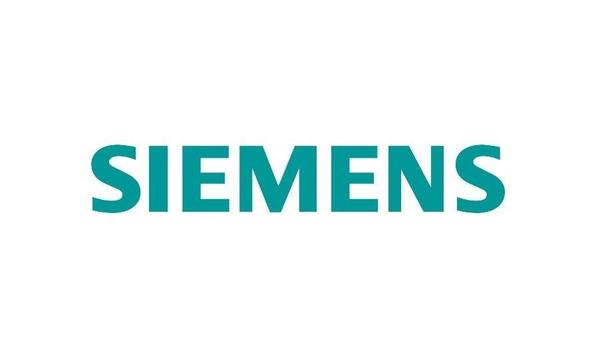 |
| It deals with procedures & technical requirements to be followed when filling portable fire extinguishers |
The Independent Fire Engineering & Distributors Association (IFEDA) has warmly welcomed what it believes to be a landmark for common sense and sustainability of our planet’s natural resources with the publication of the revised edition of BS5306 Part 9. This very important document deals with the procedures and technical requirements which should be followed when refilling portable fire extinguishers.
There are over 2 million non-residential properties in the UK all legally having to have portable fire extinguishers installed and maintained. Add to this residential properties falling under the Housing Act 2004, government and local authority buildings, churches, farm buildings and a multitude of other activities including airports, road transport and ports, it is not difficult to understand that more than 25 million individual extinguishers are potentially affected on an annual basis by these changes.
Refill equipment at customers' premises
Robert Catanzaro, member of the working team which has spent over two years undertaking this revision commented: “We are all aware how the ‘throw away’ culture has developed within our society. The previous standards had made it almost impossible for any service technician to stock the myriad of components required to refill equipment at customers’ premises. This new standard will now both improve the quality of refilling allowing the use of ‘Verified Alternatives*’, which have been proven fit for purpose; it will also allow the re-use of chemical dry powder on tens of thousands of extinguishers each year. Reputable fire protection companies have always sought to maintain existing equipment rather than the scandalous waste of throwing away perfectly good fire-fighting medium and equipment when a replacement is required and at the five yearly extended services. There is no longer any excuse for this environmentally bad practice and I believe this revision goes a long way in reversing a trend”.
The revised document, believed to be the first in Europe to tackle the problems of sustainability now allows the re-use of fire-fighting powder following extended service providing correct procedures are employed. It also allows the use of generic refills and parts providing they are correctly verified.
Alternative to throwing away usable fire-fighting medium
Graham Ferris, General Manager of IFEDA and qualified trainer of extinguisher technicians said “I welcome these changes with open arms, for far too long many technicians have felt they have had no alternative to throwing away perfectly usable fire-fighting medium. Indeed in some instances it has become very common to throw away the whole extinguisher and supply the end-user a new one. Correctly trained service technicians working within a quality approved company will easily be able to undertake the works required by these changes without effecting either the reliability or performance of equipment. Of course it goes without saying that the end-user must challenge their service provider to ensure they are quality approved and correctly trained – simply taking their word for it could be costly”
Contained within the code of practice is also the ability for service technicians to use ‘Verified Alternatives’, this must be a documented process with proof available to the user and if necessary enforcers, that both correct procedures and materials have been used. This change will allow competent service technicians to keep 100,000’s of extinguishers in active service each year meaning mechanically sound extinguishers will no longer end up in either metal skips or landfill sites.
Savings for both end-users & country's resources
Colin Payne, National Chairman of IFEDA summed up the Association’s views of these changes when he said “At long last common sense has prevailed; in an environmentally aware age, we as an industry could no longer validate this ‘throw it away’ mentality. Well trained competent extinguisher technicians have now been given the tools to correctly service and maintain fire extinguishers meaning savings for both end-users and our country’s precious resources”.











